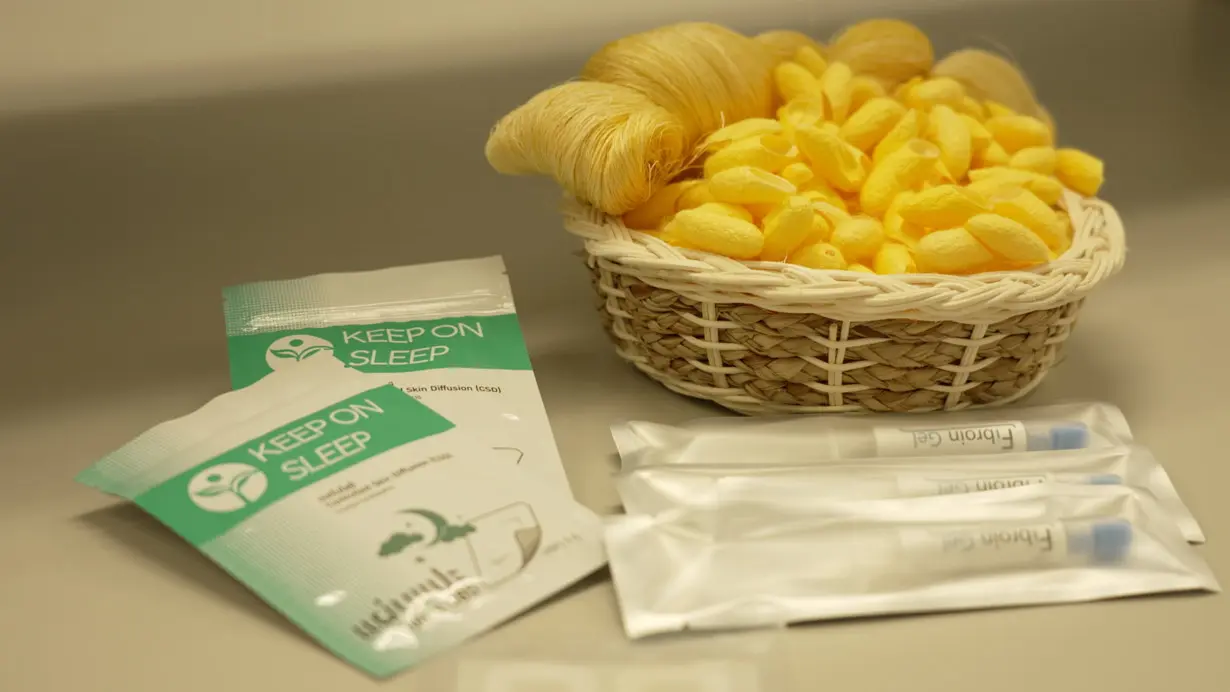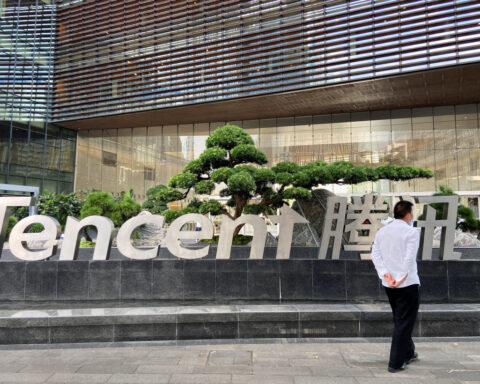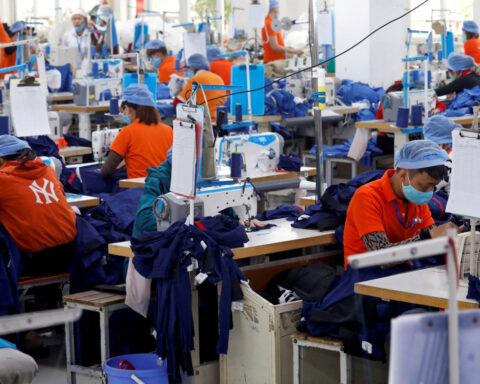(CNN) — For centuries, Thailand has produced premium silk fabrics, exported around the globe.
However, biomedical researchers at Chulalongkorn University in Bangkok have found another use for the fiber: to deliver medicines into the body.
Drug delivery systems come in many forms, from capsules and tablets that are swallowed, to skin patches, ointments, and different kinds of injections.
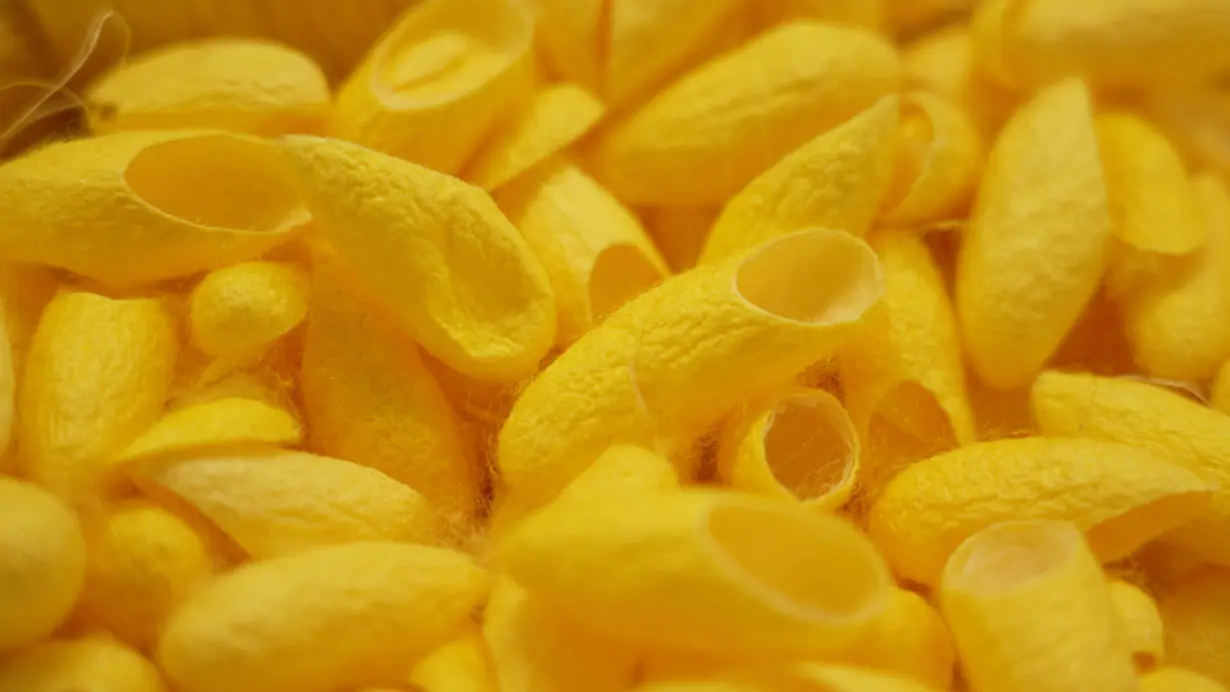
According to Juthamas Ratanavaraporn, director of Chulalongkorn University’s biomedical engineering research center, silk fibroin — one of the natural proteins that gives silk its incredible strength — can be used to encapsulate a drug in a sac-like form that takes much longer to break down than other natural proteins like gelatin or chitosan, slowly releasing the drug into the body.
“Instead of needing large or frequent doses, the protein capsule can release the drug gradually, in the appropriate amounts needed by the body. This controlled release helps reduce the overall dose and the risk of side effects,” says Ratanavaraporn.
Ratanavaraporn, who has been studying silk for more than 17 years, spun out her research into a company in 2021 with two other professors from the research team. Their startup, EngineLife, is commercializing their research — and took its first product, a treatment for insomnia delivered through a patch placed on the skin, approved by the Thai FDA, to market earlier this year.
The ‘chameleon of the materials world’
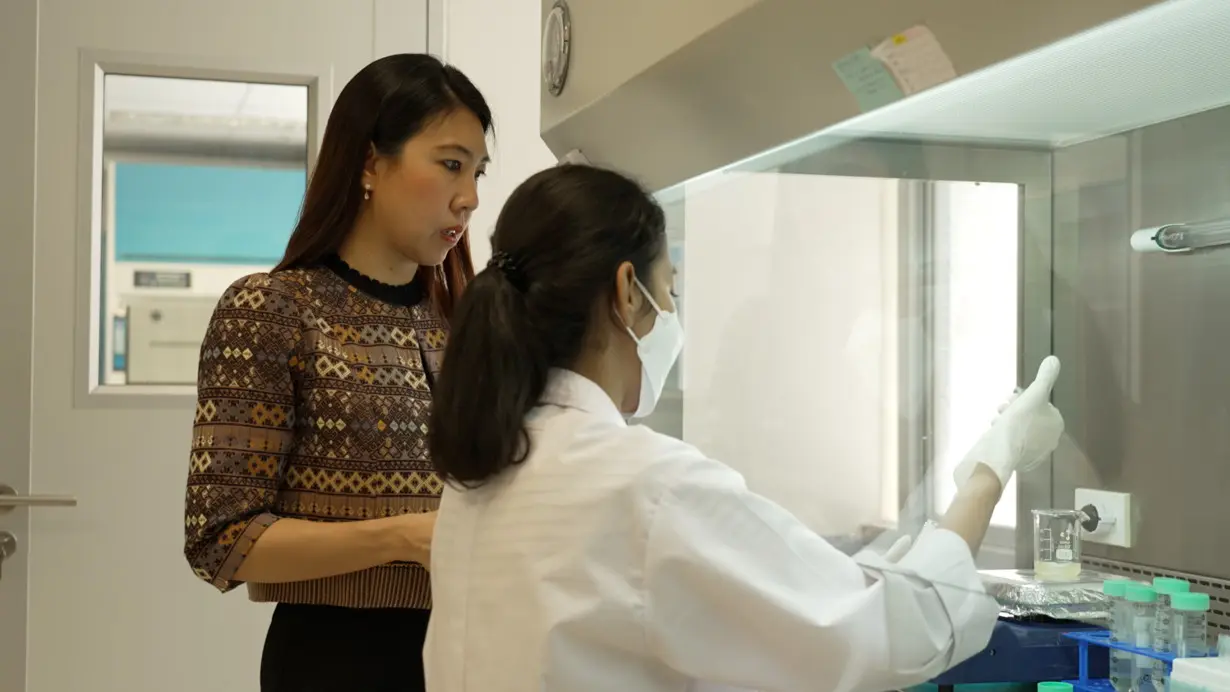
Silk fibroin has been on scientists’ radar for more than a century, and it has been studied extensively for biomedical applications.
Biocompatible (not harmful to the body’s tissue), sustainable and cost-effective, silk fibroin has a lot to recommend it over materials currently used as drug carriers, natural and synthetic, says Yajun Shuai, a researcher at the Institute of Applied Bioresource Research at Zhejiang University in China, who isn’t involved with Ratanavaraporn’s work.
Shuai says silk fibroin is produced using “simple, safe methods,” and is less likely to produce negative side effects than other natural proteins, or synthetic drug delivery systems.
Many of silk fibroin’s advantages over other natural polymers come down to its structure: it has a strong, stable “beta-sheet” that allows it to act in ways other proteins can’t, such as the slow release of drugs, and gives it strength and flexibility, says Mingying Yang, also a bioresources researcher at Zhejiang University.
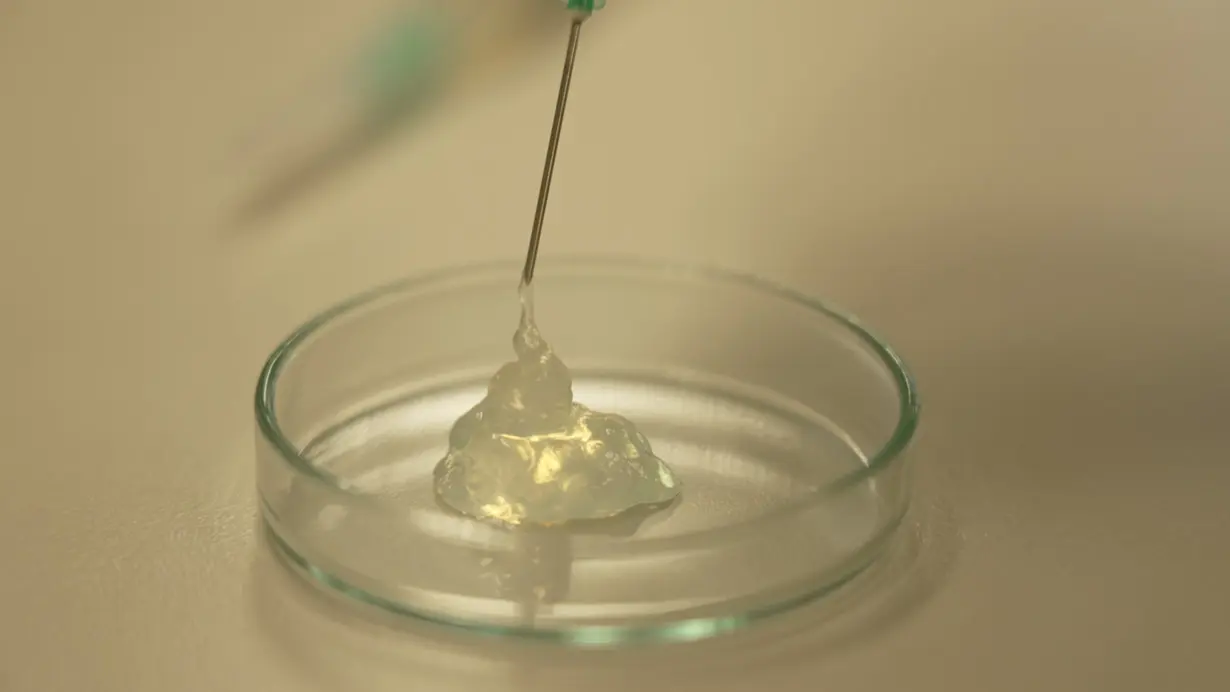
“Many drug carriers are like sprinters — fast but short-lived. Silk fibroin is more like a marathon runner, able to support long-term drug release,” adds Shuai.
Yang describes silk fibroin as the “chameleon of the materials world,” and says its strength and flexibility give it a huge range of uses in medicine, while offering better safety and sustainability than other materials.
“Silk fibroin’s degradation rate is like a switch — we can adjust it to match the drug’s needs, from days to months. This level of control is hard to find in other drug carriers,” says Shuai.
Growing pains
Silk fibroin has been explored for everything from bone tissue scaffolds to films for corneal grafts. But few products have made it to market: a 2022 scientific review found that just 3% of 697 studies made it to clinical trials, with even fewer commercialized. The US Food and Drug Administration approved the use of silk fibroin sutures more than two decades ago, but there have only been a handful of other silk-based medical applications approved since, including SilkBridge, a nerve conduit, and SilkVoice, an injectable implant to help vocal cords.
One of the key challenges is the variability of silk.
In Thailand, most silk is produced by small, family-run farms in rural areas, from silkworms that are reared year-round. But changes in seasons, climate, and feed can create tiny variations in the cocoon.
This isn’t as much of an issue for producing silk fabrics; but when it comes to medicine, consistency is key, says Chuanbin Mao, a biomedical engineering professor at the Chinese University of Hong Kong, who isn’t involved with Ratanavaraporn’s work.
“You need to get a highly purified product for real medical applications,” says Mao, highlighting a problem that hasn’t yet been solved at scale, adding that making “reproducible products” that are identical from one batch to another is a major challenge.
It’s a problem that EngineLife is trying to address, as even small differences in feed and climate can change the molecular weight of silk protein — which in turn alters the breakdown rate and drug delivery timings, says Ratanavaraporn.
To try to standardize the quality of the silk fibroin, EngineLife began experimenting with different farming processes and techniques, down to the soil used to grow the mulberry leaves that the silkworms eat. The company has now implemented strict standards, including purpose-built facilities for rearing silkworms that control the temperature and humidity to create a stable environment year-round.
“We need to make sure that the silk production process is as stable as possible and consistent in every batch,” says Ratanavaraporn.
Regulatory approval is another barrier to taking novel innovations like this to market. EngineLife has to register its products under different categories with Thailand’s FDA, depending on the drug and mode of delivery, says Ratanavaraporn, adding: “This is the most difficult step for us and consumes a huge amount of budget and time.”
Slow and steady
Currently, EngineLife’s farm produces around 25-30 kilograms of silk cocoon annually, which can produce a million doses of medical-grade silk fibroin solution. However, Ratanavaraporn notes that its pilot plant, where the fibroin is extracted, has a maximum capacity of 30,000 doses of medical-grade silk fibroin solution, so there’s still work to be done before it can scale.
In the meantime, the company is continuing to develop new treatments.
Ratanavaraporn says her research is currently focused on two applications: transdermal patches, where drugs are delivered externally via a small patch on the skin; and hydrogel made using silk fibroin, which can be injected.
The company began selling its CBD silk fibroin patch for insomnia in Thailand earlier this year, which Ratanavaraporn believes is the first product on the market to use silk fibroin vesicles to deliver a drug.
Now, the team is working on its next product: an injectable hydrogel for osteoarthritis, a type of joint disease. Currently, patients are typically given a shot in the knee which can ease pain for a variable amount of time – from one week up to a few months. During her research, Ratanavaraporn has found that silk fibroin can stay in the body for up to six months, allowing the drug to be released slowly and the number of injections to be reduced.
“For many diseases and conditions, we don’t need a one-time shot that cures everything; instead, we need a prolonged and sustained release of the drug,” she says.
Ratanavaraporn hopes to see silk fibroin used in many more drug delivery systems to help patients across Thailand and internationally — and with that, give Thai silk farmers another revenue stream.
“Silk already has high value as a fabric,” she says, “but now we are positioning it as a medical-grade material, which increases its value at least tenfold.”
The-CNN-Wire
™ & © 2024 Cable News Network, Inc., a Warner Bros. Discovery Company. All rights reserved.

 Trump has begun another trade war. Here's a timeline of how we got here
Trump has begun another trade war. Here's a timeline of how we got here
 Canada's leader laments lost friendship with US in town that sheltered stranded Americans after 9/11
Canada's leader laments lost friendship with US in town that sheltered stranded Americans after 9/11
 Chinese EV giant BYD's fourth-quarter profit leaps 73%
Chinese EV giant BYD's fourth-quarter profit leaps 73%
 You're an American in another land? Prepare to talk about the why and how of Trump 2.0
You're an American in another land? Prepare to talk about the why and how of Trump 2.0
 Chalk talk: Star power, top teams and No. 5 seeds headline the women's March Madness Sweet 16
Chalk talk: Star power, top teams and No. 5 seeds headline the women's March Madness Sweet 16
 Purdue returns to Sweet 16 with 76-62 win over McNeese in March Madness
Purdue returns to Sweet 16 with 76-62 win over McNeese in March Madness
